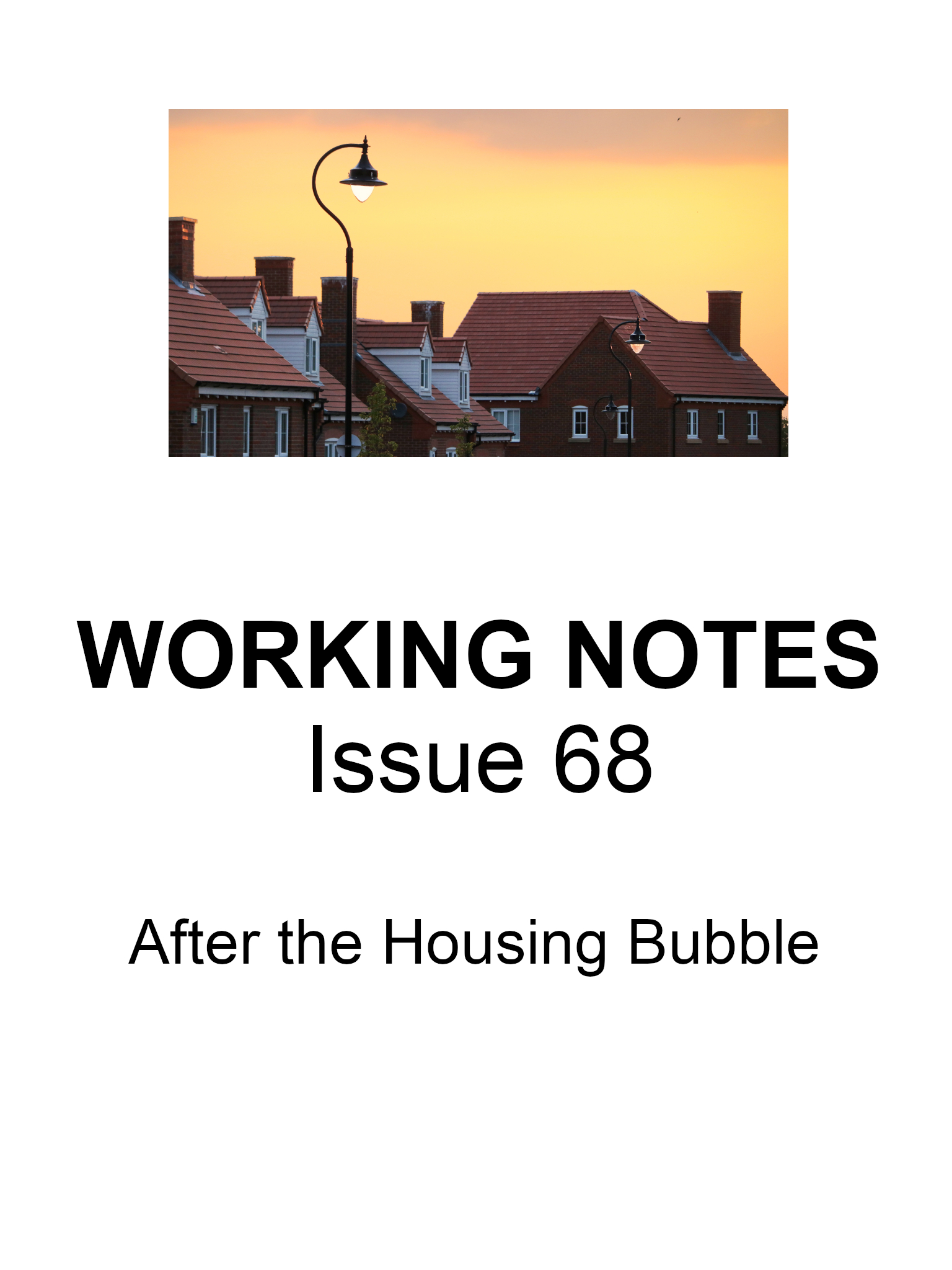
Where Do We Want the Euro to be in 2020 and How Do We Get There?
European Monetary Union (EMU) was supposed to be a harbinger of growth and stability for its member states, yet the euro zone debt crisis is now in its fourth year and continues to rumble on, in a seemingly endless cycle of crises, summits and false dawns. The currency union creaks under the deficiencies of the euro zone’s fundamentally flawed design, while its survival and capacity to prosper depend on its ability to fix these design flaws. The stakes are high.










